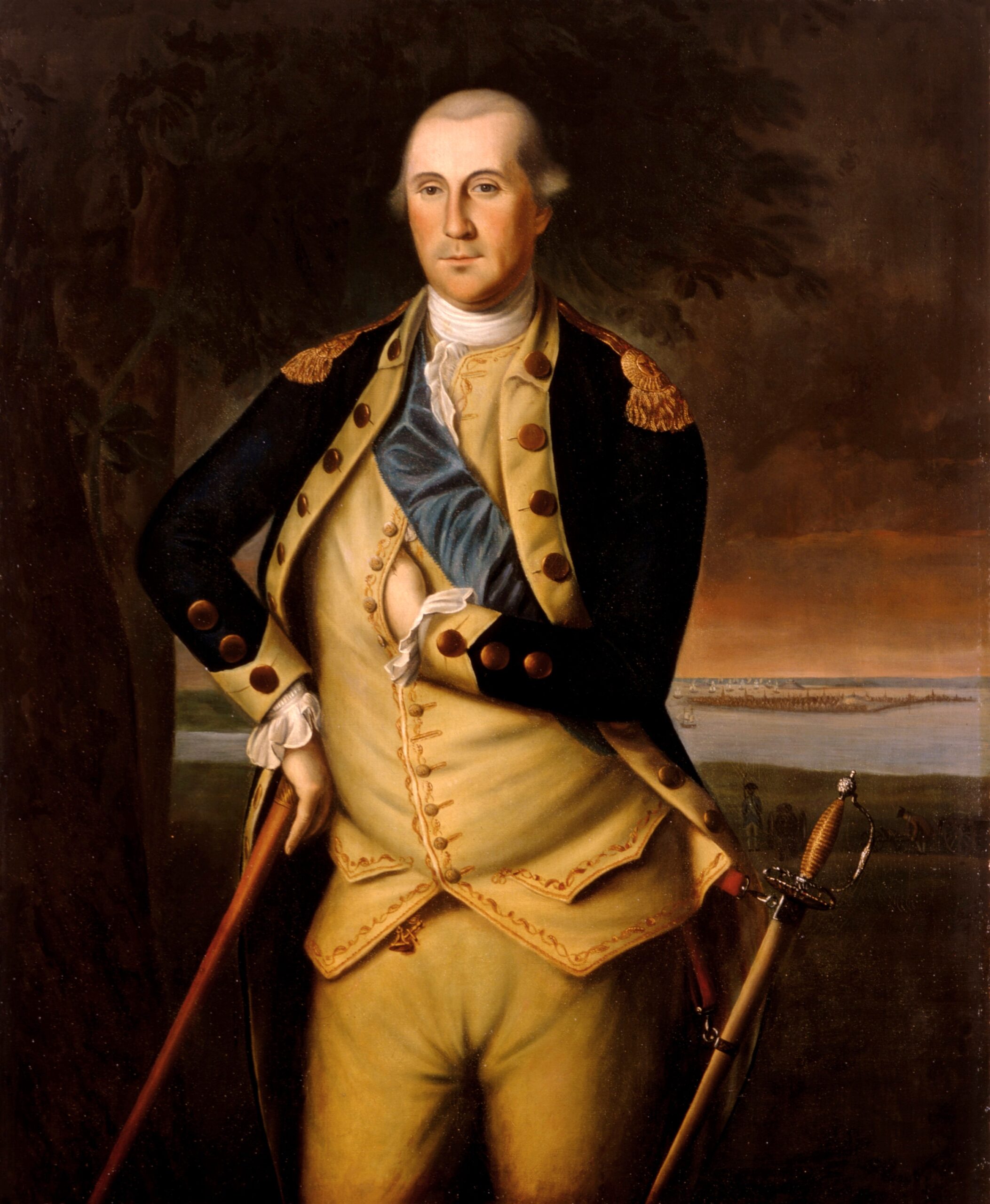
At the dawn of the United States, before modern dentistry had evolved, tooth pain could reach historic levels. Nearly every U.S. schoolchild has heard the story of George Washington and his wooden teeth. While the story has gained a level of fiction in the style of tall tales—the false teeth he had were not wooden—the maladies he suffered were very real.
Stuff of Legend
It’s speculated that the wooden teeth myth may have started as his false teeth began to stain, possibly taking on the appearance of wood. Washington’s teeth were actually made out of an even more fascinating assortment of materials. They included ivory from a host of African creatures like elephants, hippopotamus & rhinoceros to human teeth.
According to MtVernon.org, a site for the museum dedicated to the first president, there was a sordid tooth trade amongst the poorer in the community, who would sell their teeth to dentists, who then used them in dentures for the more wealthy. Teeth from the deceased were also collected by some. There are also receipts that he purchased teeth that came from slaves.
A Hero’s Rise, a Smile’s Downfall
Despite his best efforts at maintaining oral health, Washington was plagued by pain, making it difficult to speak publicly—an important part of leading an army or a nation.
He wrote of tooth pain, ill-fitting dentures & the multiple extractions extractions that led to them. His first extraction came in 1756, & would eventually wear a full set of dentures by 1789, the same year he became president. Washington had several pairs of dentures made, including one still on display at Mount Vernon.
The Mount Vernon museum writes that, in addition to writing on his dental pain, his preventative efforts are laid out. “Payments to dentists and purchases of toothbrushes, teeth scrapers, denture files, toothache medication, and cleaning solutions are also regularly present in Washington’s communications throughout his life,” the museum notes.
“Having some teeth which are very troublesome to me at times and of which I wish to be eased… by a man of skill,” Washington would write in his quest to find good dentists.
Friends in the Business
Fortunately for Washington, he would find competent care—at least for the times—in a couple dentists.
John Greenwood provided care for Washington until the president’s death, providing four sets of dentures. He would also be the dentist to pull Washington’s final tooth in 1796. Washington had held onto this solitary tooth for some time & Greenwood had been reluctant to pull it as it had not gotten infected.
“Your letter of the 6th and the box which accompanied it came safe to hand. The contents of the latter were perfectly agreeable to me, and will, I am persuaded, answer the end proposed very well,” Washington wrote to Greenwood upon receipt of one set of dentures.
The second dentist was a French man by the name of Jean Le Mayeur. Le Mayeur had been working for the British during the Revolutionary War, but became so upset with comments made by the British over the Franco-American alliance, he crossed the front lines & sought out Americans to lend his services to. He would soon find Washington in New York, & the two became fairly close.
In a letter from Le Mayeur to Washington, he writes to apologize for not being able to see him as soon as planned due to poor weather, he then catches Washington up on some dental gossip.
“I have had the plaisure of gratifying tow Ladies and tow Gentleman who I believe have the honor of being personally known to your Excellency by furnishing them with good living teeth in the Room of those which were broken or otherwise decayed. Miss Ried of New Jersey—daughter of General Ried of the British army and Miss Shaw the sister of lady Wheate and a Relation of Colo. Varick lately a secretary to your Excellency,” he wrote. “Colo. Warick (sic) himself has four fronts and one Eye tooth.”
With multiple sets of dentures, constant adjustments & the pain his dentures caused him while speaking, it’s no wonder Washington had time to grow close to these men. Without them, we may have lost a man many consider to be our best leader to tooth decay & pain.
Sources: The Mount Vernon Museum & the National Archives.
